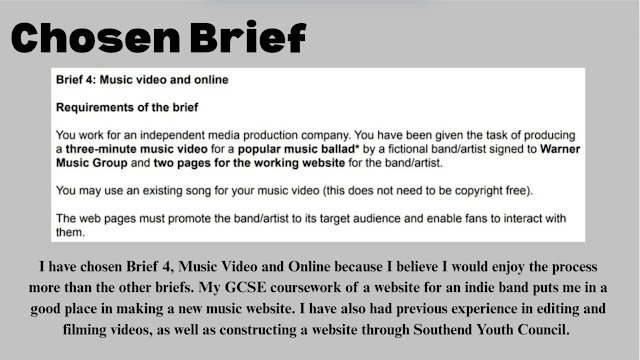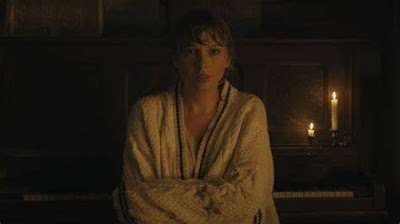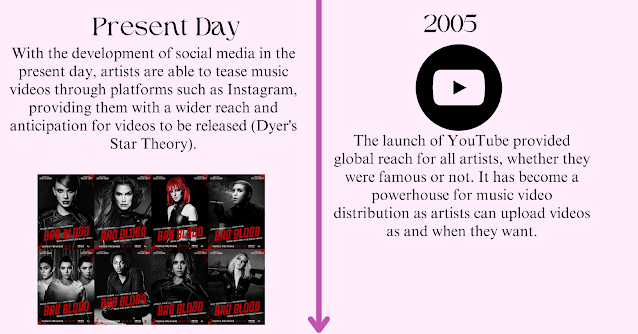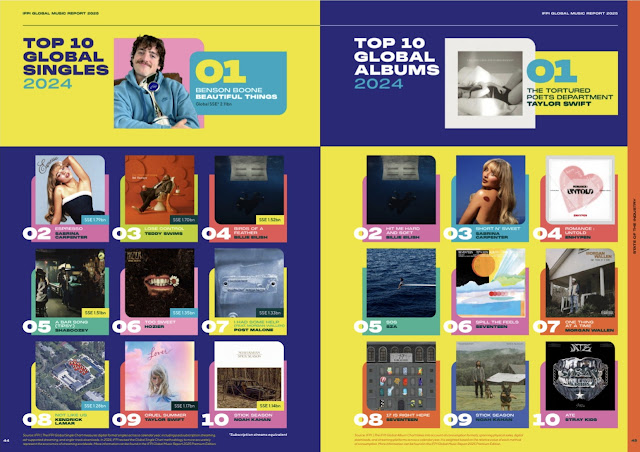History of Pop Ballads
The ballad was originally a narrative folk song, however by the end of the 19th century, the 'ballad' was used to describe a sentimental song of the Victorian parlour. These songs determined the success of the new sheet music and remained popular in European and American pop music. Artists such as Tom Jones and Elton John helped to steer the popularity of ballads, having a major impact on younger performers such as George Michael. A similar string of influence came from female soul singers such as Whitney Houston, then Mariah Carey and Celine Dion.
Today, artists with famous pop ballad releases include Adele, John Legend and Bruno Mars.
Codes and Conventions of a Pop Ballad
Pop ballads are slow, emotional songs often containing a narrative. They have a slow tempo and contain a louder, emotive chorus. Ballads take conventions from Pop music videos, such as the artist's presence within the video. However, they also contain close-ups of the performer to show emotion, as well as a prominent narrative to illustrate or amplify the lyrics.
Pop Ballad music videos predominently take a narative structure, however some choose to take a surrealist angle. A narrative music video tells a story that relates to the lyrics and tone of the song; surrealism refers to the art of movement in which takes a step back from reality. Pop ballads combine the conventions of the pop genre with the slower, more emotional style of music.
Conventions of Pop music videos include:
- A focus on the theme of relationships and love
- A narrative that is aimed at the younger market
- Close-ups of the artist
- Performance, either through lip syncing or instruments
- Costume changes
- Location changes
- Fast-paced editing
- Mise-en-scene that reflects the scenery and location, as well as the lyrics
- A narrative that is easy to follow.
Conventions of a Ballad music video:
- A slow tempo with an emotional and loud chorus
- Close ups of the artist to show emotions
- Artist performance
- Two-shots of the artist and the other main character within a relationship
- More neutral colours, if not a black and white colour scheme
Case Study: Taylor Swift
Taylor Swift has released many albums of varying genres, from country to pop. Three of her most recent albums, Folklore, Evermore and The Tortured Poets Department, feature numerous pop ballads.
Folklore debuted #1 on the Billboard 200, and became the year's longest-running album at no. 1, with 8 non-consecutive weeks at the top. The album's lead single 'cardigan' also debuted no. 1.
In November 2020, Swift released her self-directed 'Folklore: the long pond studio sessions' on Disney+. The meaning and inspiration behind each song with Jack Antonoff, Aaron Dessner and Bon Iver. Folklore earned Swift 5 Grammy nominations, winning Album of the Year, making her the first woman to with Album of the Year three times.
Folklore's sister album, 'Evermore' was released on 11th December 2020. With this album, Swift became the first artist to debut at the top of both the singles and albums charts twice consecutively. Its lead single 'willow' debuted atop of the Hot 100 and Billboard 200 charts. With this, Swift became the first artist to debut at the top of both the singles and albums charts simultaneously twice.
Folklore and Evermore 'embrace an indie folk and alternative rock production' featuring many pop ballads. Both albums sold over one million units worldwide in its first week and folklore broke the record for first-day album streams by a female artist on Spotify.
In 2024, Swift released 'The Tortured Poets Department', an album filled with pop ballads. It became Swift's record-extending seventh album to open with over a million units and spent a career-best 17 weeks atop the Billboard 200.
Swift's Pop Ballads have helped to steer her career in a new direction, with poetic lyrics and strong visuals. The Eras Tour has emphasised the role in which ballads have played a part in her changes in genre, from country to pop.























































